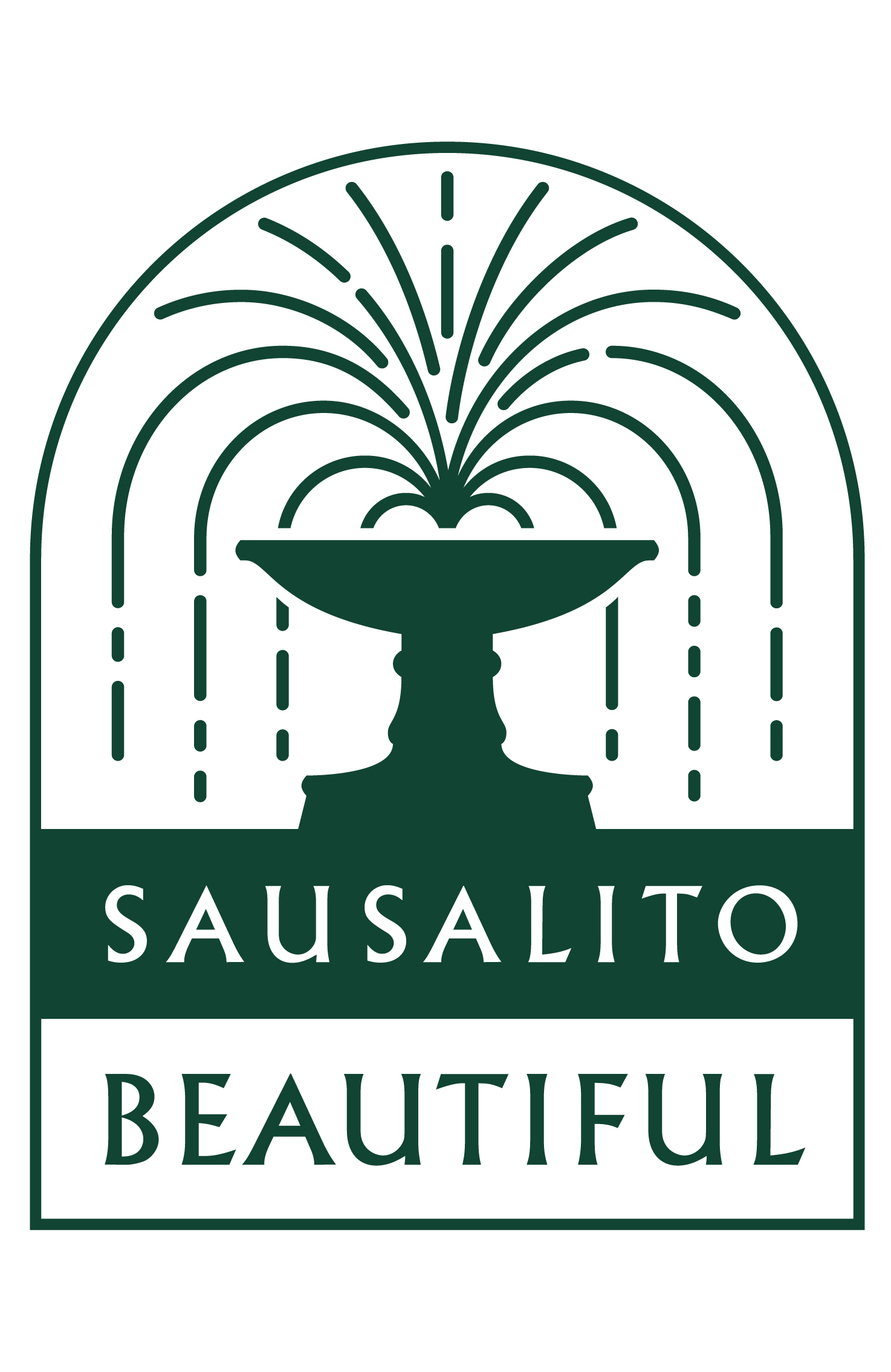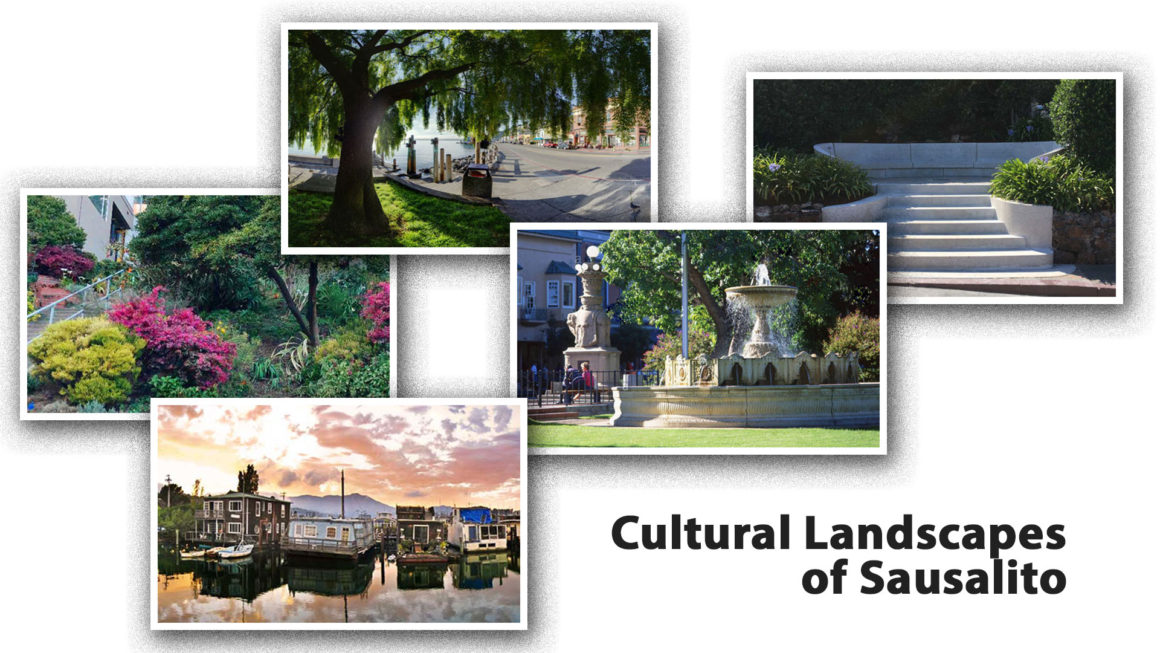Landscapes shaped by human involvement often have come to represent our regional identity. These special sites or cultural landscapes reveal aspects of our area’s origins and development as well as our evolving relationship with nature. Cultural landscapes can be large or small, grand or simple. They demonstrate the creative genius, social development and the imaginative and spiritual vitality of humanity. They are works of art, narratives of culture, and expressions of identity—and must be preserved appropriately.
Understanding the cultural significance of a landscape can be a useful guiding principle when planning, preserving, or improving our public green spaces. Landscapes often tell more about a culture than its buildings, yet landscapes are not protected as historic buildings are. Consequently, when landscapes are lost, they are lost for good. It is critical that we understand the cultural significance of a green space, so it can be preserved appropriately yet evolve for future use.
Categories of cultural landscapes include:
- Designed – landscapes consciously designed or laid out by a landscape architect, master gardener, architect, or horticulturist according to design principles, or by an amateur gardener working in a recognized style or tradition
- Ethnographic – landscapes containing a variety of natural and cultural resources that the associated people define as heritage resources. For example, sacred religious sites or massive geological structures.
- Historic Sites – rare cultural landscapes significant for their association with a historic event, activity, or person.
- Vernacular – landscapes that reflect the physical, biological, and cultural character of everyday lives—typically evolving through use by a people who shaped those landscapes through social or cultural attitudes of an individual, family, or a community
So many examples of cultural landscapes exist in Sausalito. Viña del Mar Plaza is a Designed Landscape, the Houseboats and Marinship are Vernacular Landscapes and sites like Yee Tock Chee Park fall into multiple categories. All of these need to be considered in the General Plan, in order to provide guidance and priorities for the future improvements. The fishing pier is a great example of how these landscape features and experiences that are a part of our culture can cease to exist.



Leave a Reply